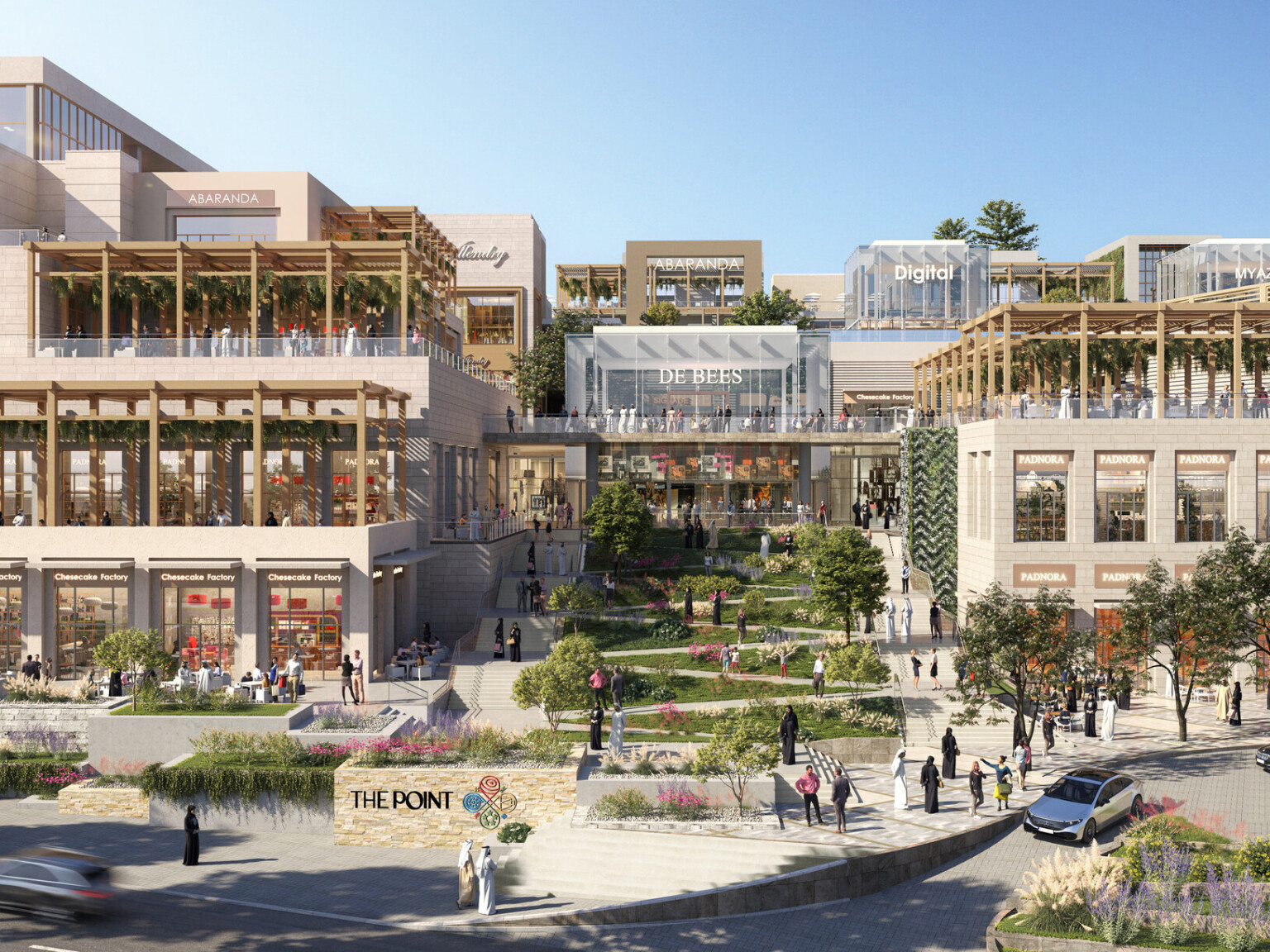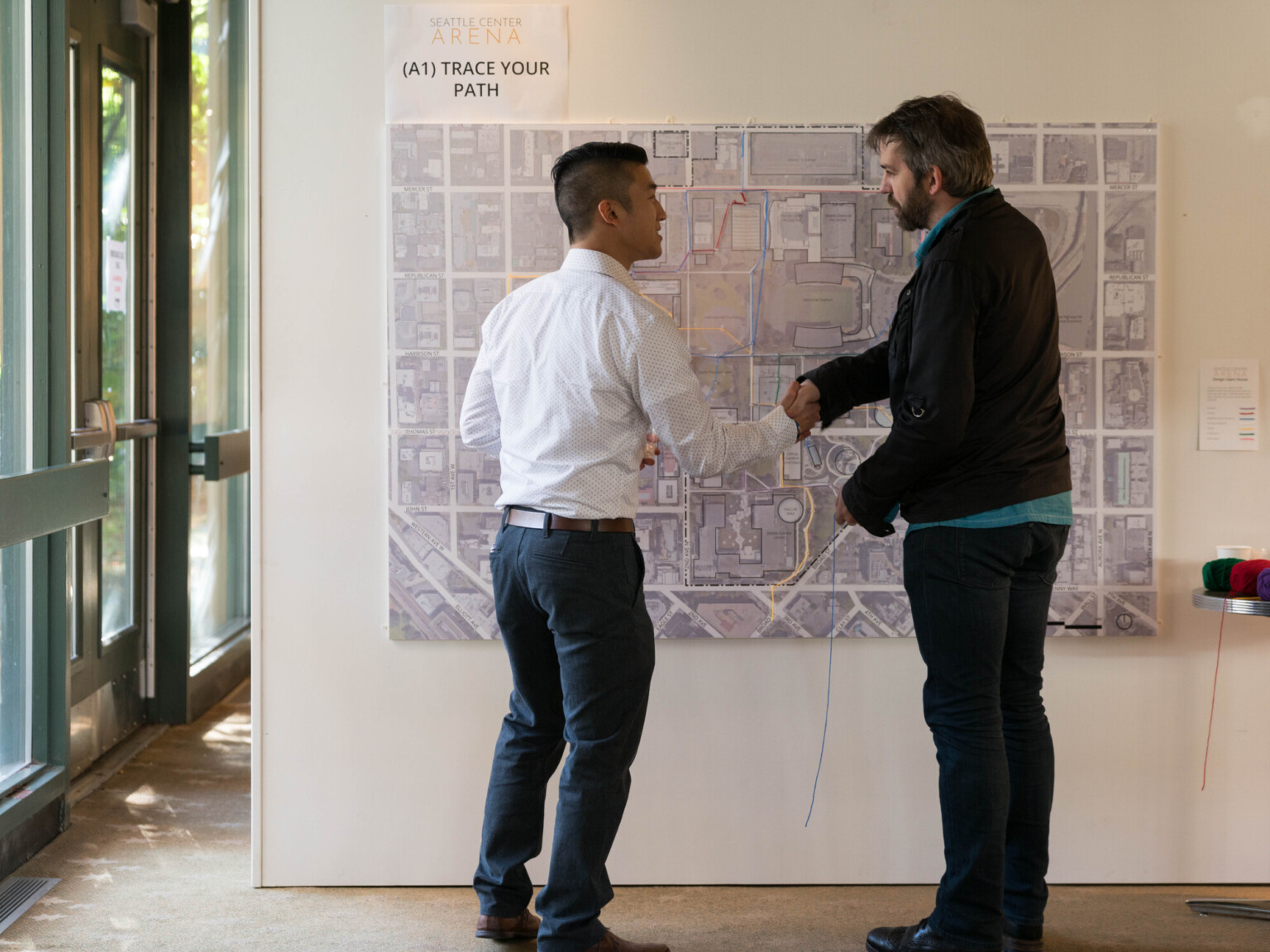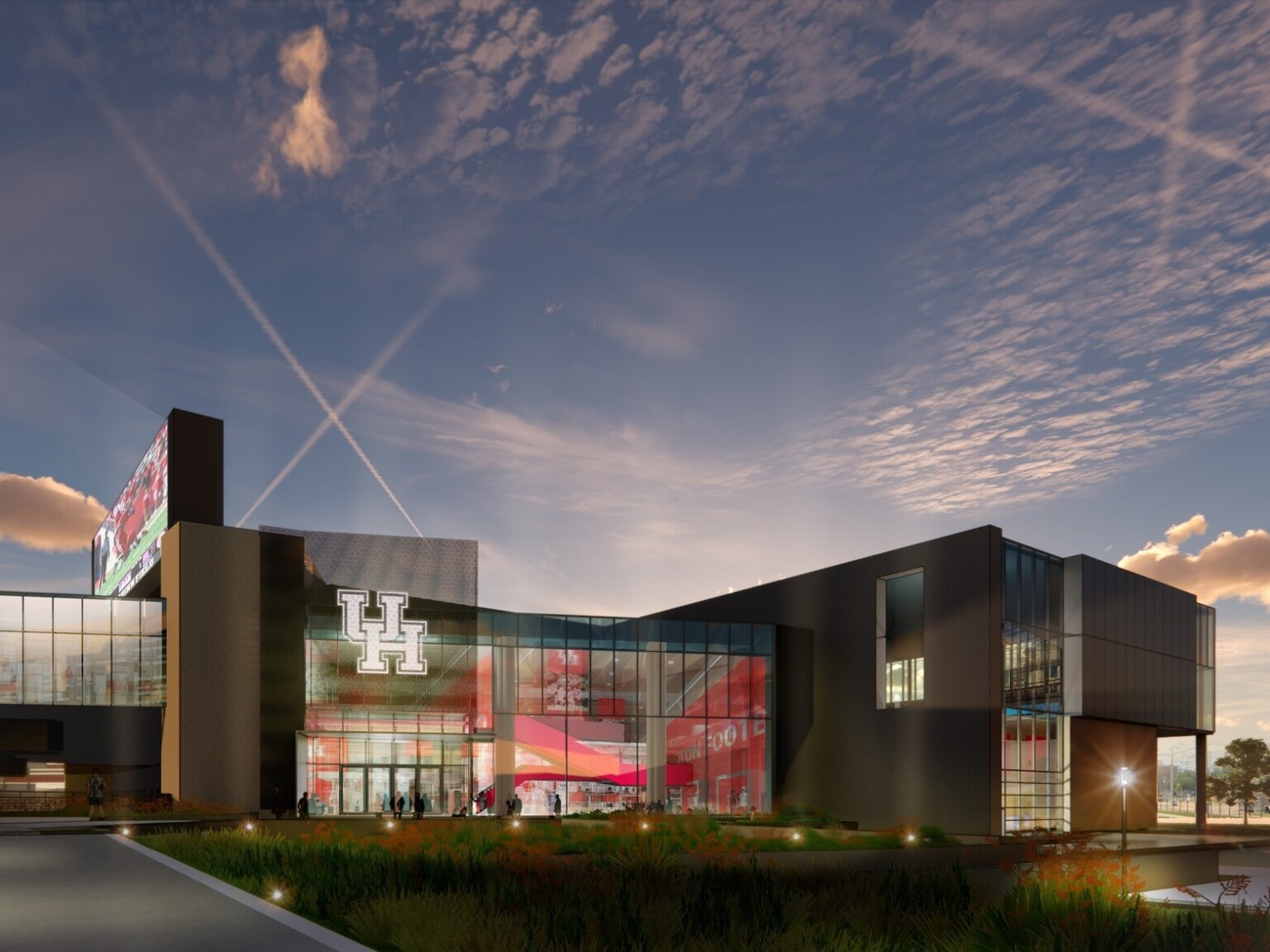
Designing for Equity III: Education Projects with GIS-based Equity Outcomes
AUSTIN INDEPENDENT SCHOOL DISTRICT
Interrupting Root Causes of Systemic Inequality
Austin ISD’s equity-driven planning process rebuilt trust with communities by combining data and directly involving over 900 students, staff, and community members representing historically marginalized groups. After listening, we developed an approach that reflected the communities’ expressed needs and priorities, enabled by GIS. After rigorously defining a multi-faceted data approach, sourcing qualified sets, and mapping then analyzing it layer by layer, it was found that 20% of the district’s schools are experiencing high concentrations of historically underserved students, high neighborhood vulnerability, and poor facility conditions. Interactive data tools like this StoryMap built trust and transparency by putting data directly in community hands. When the historic $2.44 billion bond passed with 80% of funds invested in underserved schools and neighborhoods, it was a community-driven victory for students and their families, informed by data. “I’ve never seen…such an equity-focused bond. I never thought I would see that. I’m pretty speechless,” says LaTisha Anderson, Austin ISD’s District One Trustee.
ELGIN AREA SCHOOL DISTRICT U46
Neighborhood Schools: Consolidating Equitably
Elgin Area School District U46 – the second-largest district in Illinois, serving three counties, eleven communities, and over 37,000 students – was facing declining enrollment and underutilized facilities. Our team used GIS to show how school facilities can act as community resources, model planning scenarios, and ensure equitable impacts for students and communities. Our analysis revealed that many of U46’s historic schools with deteriorating facilities and undersized sites are in urban cores that serve low-income communities and communities of color. While a traditional facilities plan would have consolidated these schools based on facility condition alone, our analysis brought new awareness to the district by demonstrating their importance as community resources. This prompted a novel long-range plan and successful bond that distributes consolidation impact and introduces a new middle school in an area previously experiencing access inequity.
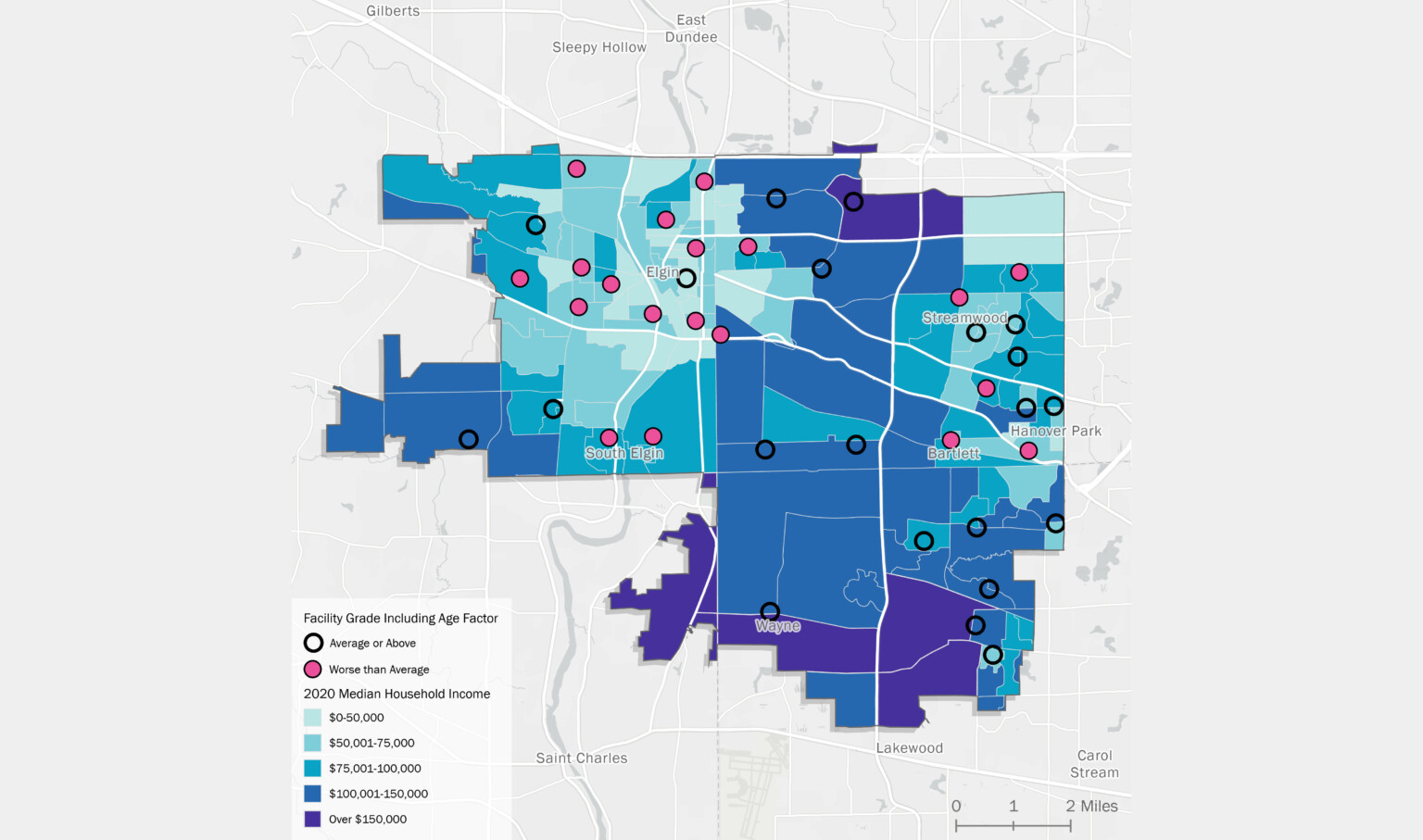
PUETRO RICO DEPARTMENT OF EDUCATION
Understanding Resource Access with Network Analysis
A key part of educational equity is students’ access to quality schools. In our long-range planning work for the Puerto Rico Department of Education, we used network analysis – a calculation of travel distances between connected places – to route over 250,000 students to the district’s 850 schools. This allowed us to understand current student choices: how far were students traveling to access desired programs? How much time did they spend getting to school? It also meant we could weigh future facility scenarios based on student travel impact: if a school was moved or consolidated, how would the network change? Network analysis led to more equitable investment recommendations that would prioritize neighborhood access to schools.
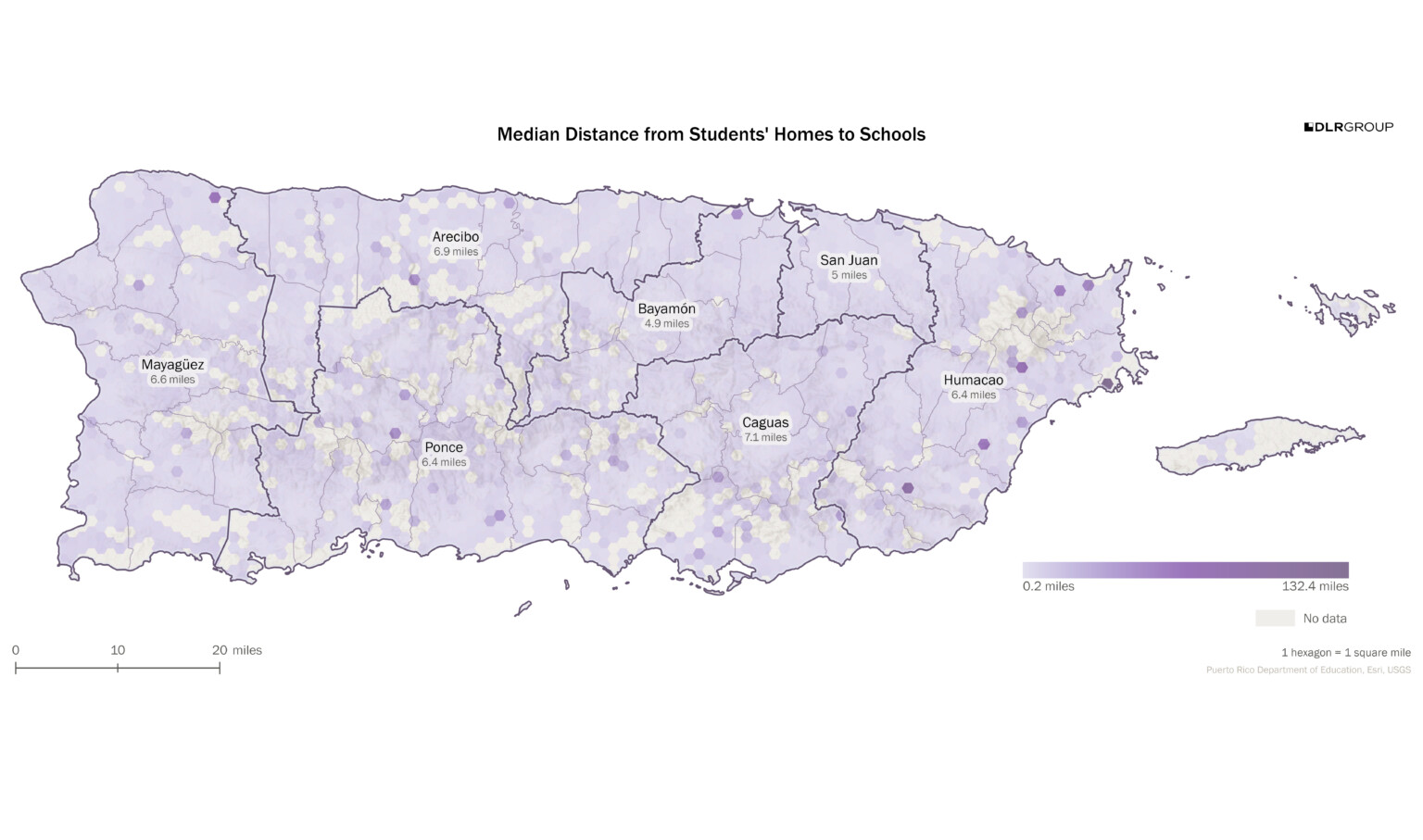
SACRAMENTO CITY UNIFIED SCHOOL DISTRICT
Disrupting Historic Patterns
In a district plagued by harm from past school closures, GIS empowered the team to move beyond a buildings-focused approach, addressing history and centering equity with an equitable investment framework. Our GIS analysis and conversations with community members revealed that traditional planning had led to a pattern of inequitable divestment: past school closures were concentrated in communities of color. GIS data overlays highlighted schools serving high segregation and poverty neighborhoods, along with high enrollments of underserved student groups, to prioritize capital outlay projects. Eleven of the most vulnerable schools are first to receive the most transformative projects outlined in the $750 million passed bond. Nine of these schools would not have been considered in a traditional plan.
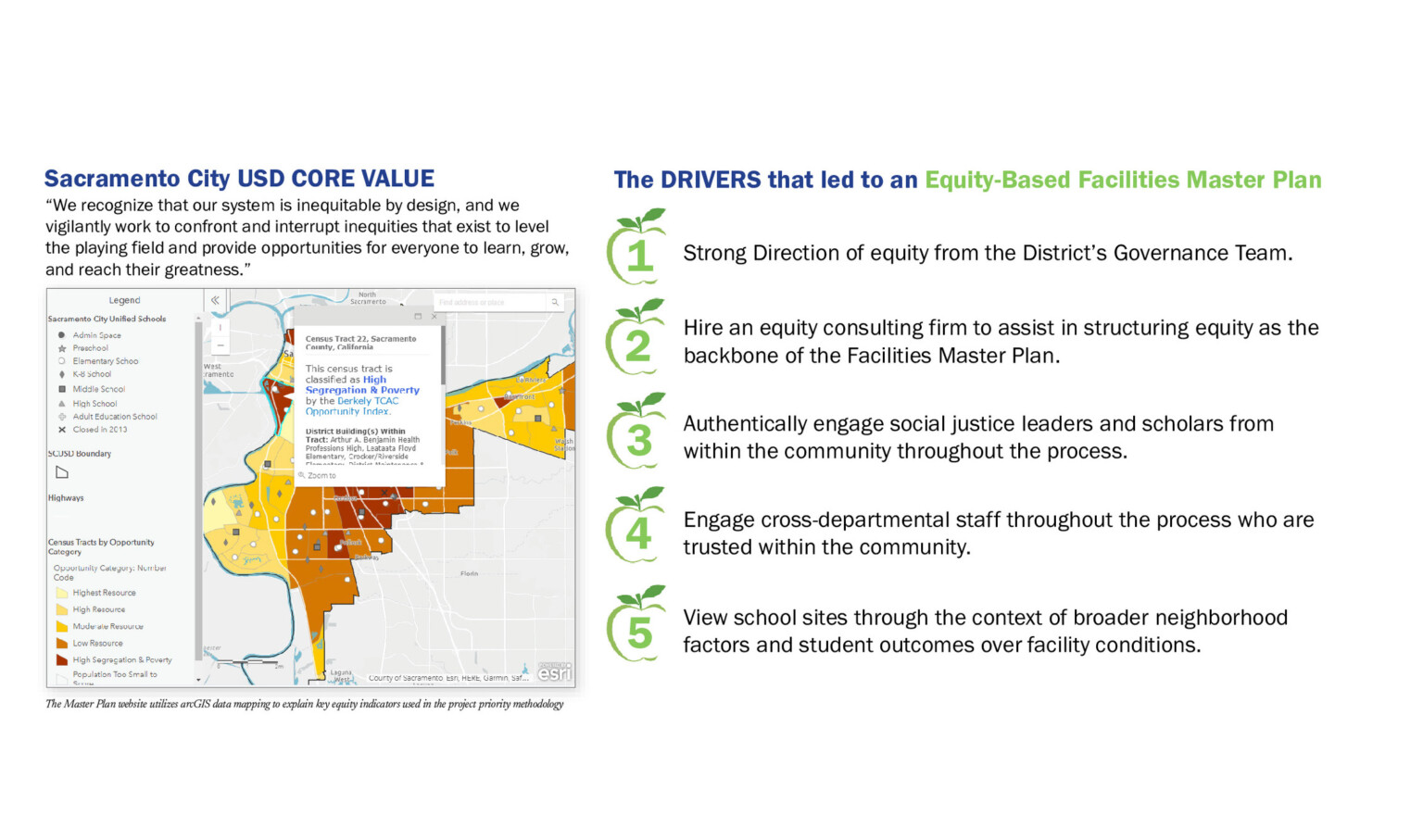
CAMPUS PLANNING PROJECTS
Place-based Survey Mapping
An equitable design process considers not only quantitative data but qualitative data about the experiences of communities. Place-based surveys allow design teams to collect and visualize on a map location-specific data about peoples’ experiences. Our higher education experts use specialized GIS survey tools to capture the spatial aspects of questions like: “What is your favorite place to study?” or “Where do you go to socialize with others?” or “Where do you feel most comfortable on campus?” Collecting information about positive experiences – things that work well in a campus or community – is one way for planners to uplift and maintain these aspects as we envision the future. Seeing “hotspots” on a map often reveals connections that may have gone unnoticed in a set of discrete data points.
Continuing a Conversation
Interested in how GIS can inform equity in your education project? Here are a few questions you can ask designers and planners to continue the conversation:
- How will GIS help us understand the neighborhood and community equity impacts of your proposed design or planning solution?
- How will you look beyond facility data to make informed investment recommendations that will have the most transformative value?
- How can GIS help us to center student voices and data in our decision-making about educational spaces?
- How can an analysis of neighborhood resources help you determine where our campus or school can fill the gaps to sustain a healthy community?
Join us for part four for more real-world examples of an equity-based approach to GIS, including a thriving mixed-use district, a community arts organization, and a municipality’s county-wide real estate assets.


